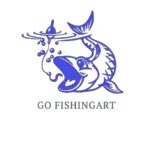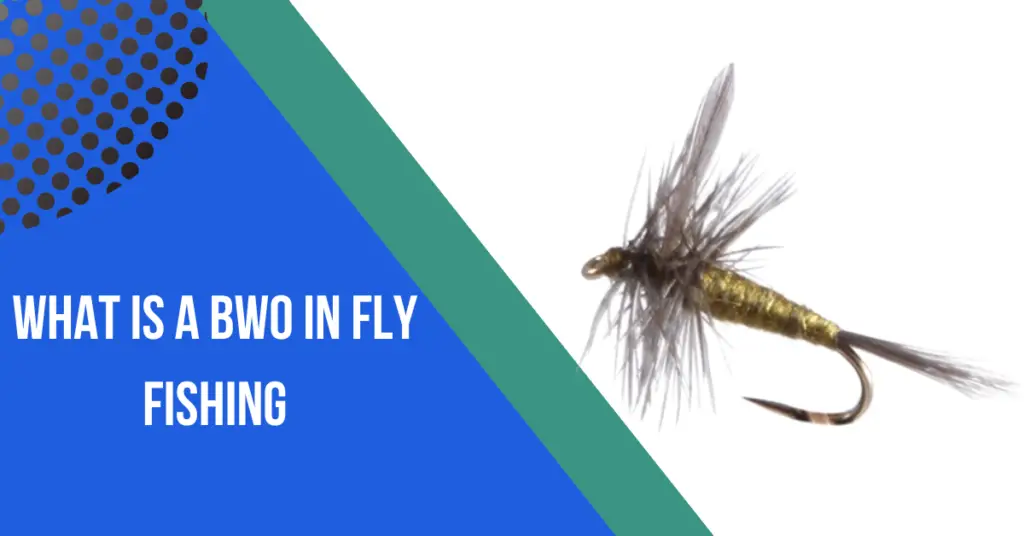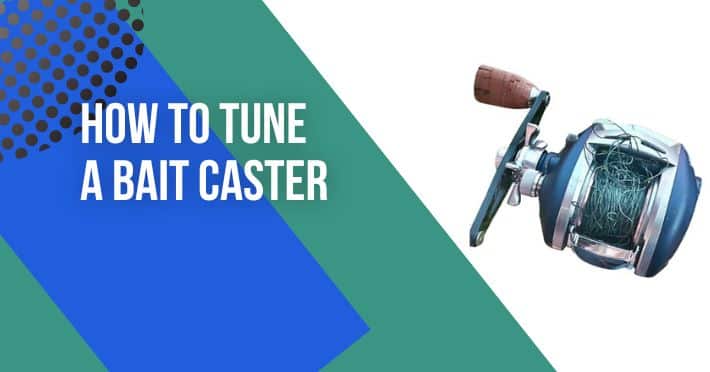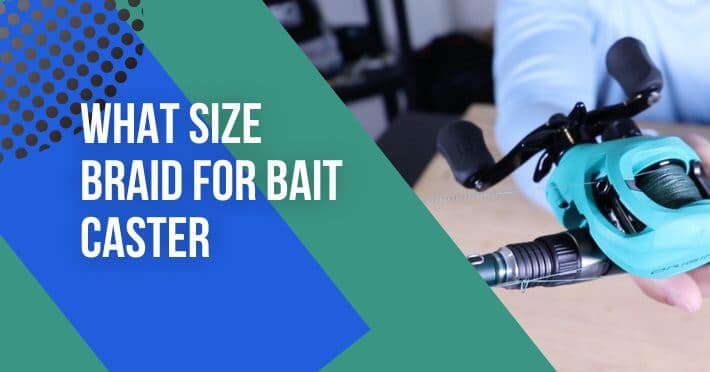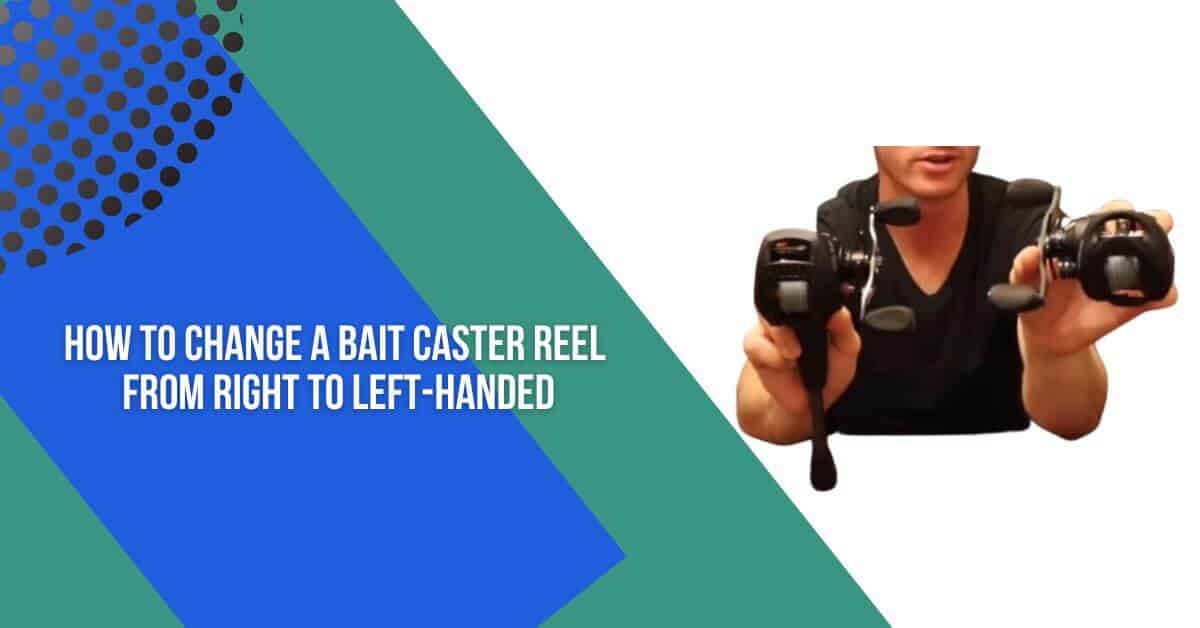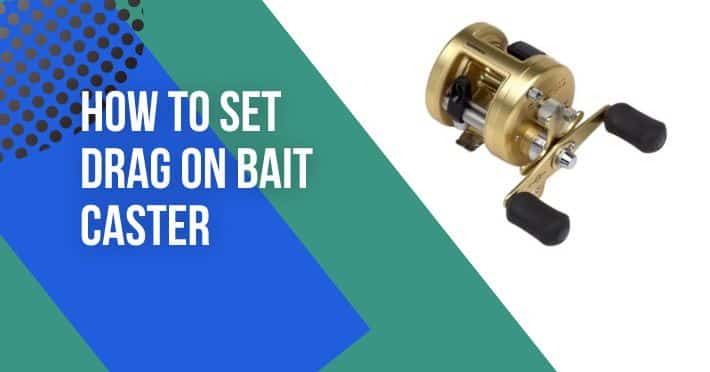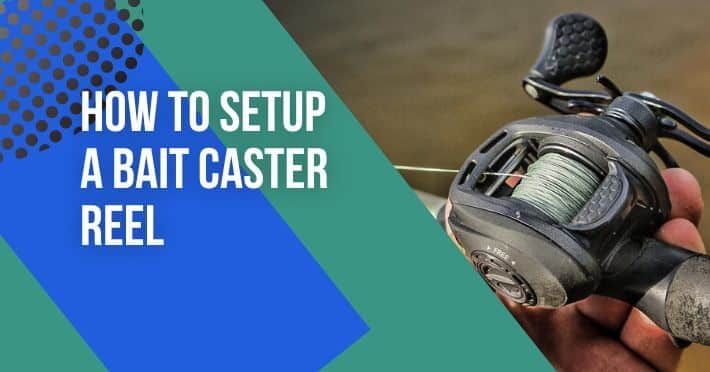Contents
- 1 What Is A Bwo In Fly Fishing:
- 2 The Blue-Winged Olive Insect:
- 3 Overview of the mayfly species:
- 4 Habitat And Behavior In Freshwater Ecosystems:
- 5 Habitat:
- 6 Behavior:
- 7 All-Season Prevalence And Hatching Patterns:
- 8 Year-Round Presence:
- 9 Early Spring and Late Fall Hatches:
- 10 Emergence Timing:
- 11 Weather Influence:
- 12 Spinner Falls:
- 13 Intermittent Hatches:
- 14 FAQs:
- 15 Q1: What is a Blue-Winged Olive in fly fishing?
- 16 Q2: When do Blue-Winged Olives hatch?
- 17 Q3: What is the importance of BWOs in fly fishing?
- 18 Q4: How do you imitate Blue-Winged Olives with fly patterns?
- 19 Q5: What are some tips for successful BWO fly fishing?
- 20 Q6: Do Blue-Winged Olives hatch in specific geographic locations?
- 21 Q7: Can you fish Blue-Winged Olive patterns year-round?
A BWO in fly fishing refers to a Blue-Winged Olive, which is a type of mayfly commonly found in freshwater environments. These insects play a significant role in the diet of trout and other fish, making them a key focus for fly anglers.
The term “BWO” is often used to describe both the insect and the specific fly patterns designed to mimic its appearance, making it an essential element in the fly fisherman’s repertoire.
Understanding the life cycle and behavior of BWOs can improve angler success, as these insects hatch throughout the year, providing consistent opportunities for effective fly fishing.
What Is A Bwo In Fly Fishing:
BWO in fly fishing stands for “Blue-Winged Olive.” It refers to a specific mayfly species (Baetidae and Ephemerellidae families) that is particularly important in freshwater ecosystems.

The term is commonly used not only to denote the insect itself but also the artificial fly patterns designed to mimic the appearance of Blue-Winged Olives.
These flies are a staple in the fly fisherman’s repertoire due to the significant role they play in the diet of trout and other fish. Understanding the life cycle, behavior, and proper imitation of BWOs is crucial for successful fly fishing in various seasons.
The Blue-Winged Olive Insect:
The Blue-Winged Olive (BWO) is a notable mayfly species prevalent in freshwater environments, belonging to the Baetidae and Ephemerellidae families. Recognized for its significance in fly fishing, the BWO undergoes distinct life cycle stages, including the nymph, emerger, dun, and spinner phases.
Nymphs inhabit aquatic environments, while emergers rise to the water’s surface, followed by the transformation into duns, which are the winged adult stage. The spinner stage involves egg-laying, completing the life cycle.
Found in rivers and streams, BWOs are known for their varied hatching patterns and behaviors, making them a focal point for fly anglers seeking to understand and imitate these insects for a successful fishing experience.
The BWO’s adaptability and widespread presence contribute to its importance in the diet of trout and other fish, making it a key target for fly fishing enthusiasts throughout the year.
Overview of the mayfly species:
Mayflies, a diverse group of aquatic insects belonging to the order Ephemeroptera, are characterized by their short adult lifespan, delicate appearance, and unique life cycle. The order Ephemeroptera is divided into multiple families, with Baetidae and Ephemerellidae being two families that include the Blue-Winged Olive (BWO) mayfly species.
Mayflies undergo an incomplete metamorphosis, consisting of three main life cycle stages: nymph, subimago (dun), and imago (spinner).
Nymph Stage: Mayfly nymphs are aquatic and typically reside in freshwater ecosystems. They have distinct adaptations for life underwater, such as gills and streamlined bodies. Nymphs can be found in various habitats, ranging from rivers and streams to lakes.
Subimago (Dun) Stage: As the nymph matures, it transforms into the dun stage, which is a subimago. Duns have wings and can emerge from the water, but they are not fully mature adults. They often rest on the water’s surface, shedding their exoskeleton to become the fully mature imago.
Imago (Spinner) Stage: The imago stage is the fully mature adult mayfly. Once the dun sheds its exoskeleton, it becomes an image with fully developed wings. The primary purpose of the imago stage is reproduction. Mayflies have short adult lifespans, typically ranging from a few hours to a couple of days.
Mayflies are crucial components of freshwater ecosystems and play a significant role in the diet of fish, particularly trout. The Blue-Winged Olive, as a mayfly species, follows this general life cycle pattern, with its distinctive characteristics influencing its importance in the world of fly fishing.
Understanding the nuances of mayfly biology is essential for fly anglers seeking to effectively mimic these insects and improve their chances of success on the water.
Habitat And Behavior In Freshwater Ecosystems:

The Blue-Winged Olive (BWO) mayfly species, like other mayflies, exhibits specific habitat preferences and behaviors within freshwater ecosystems. Understanding these aspects is crucial for fly anglers looking to successfully target and imitate them.
Habitat:
BWO nymphs, the aquatic stage of the insect’s life cycle, primarily inhabit freshwater environments. They are commonly found in rivers, streams, and lakes, where they dwell among submerged vegetation, rocks, and other aquatic structures.
The nymphs are adapted to live underwater and can be found in a range of water depths, depending on the specific species and environmental conditions.
Behavior:
Feeding: BWO nymphs are herbivorous or detritivores, feeding on algae, organic debris, and microorganisms present in their aquatic habitats. Their feeding behavior is an integral part of the freshwater ecosystem, contributing to nutrient cycling.
Emergence: When it is time for the nymph to transition to the dun stage, it undergoes emergence. This process involves the nymph swimming to the water’s surface, where the dun emerges from the exoskeleton. This emergence is often a critical period for fly anglers, as fish are actively feeding on ascending nymphs and emergers.
Surface Activity: Both the dun and the imago (spinner) stages of the BWO mayfly spend some time on the water’s surface. Duns are particularly vulnerable during this time, as they rest on the water while their wings dry and harden. Fish, especially trout, are known to target these insects when they are in this exposed state.
Flight: The adult imago, or spinner, takes to the air for mating purposes. During this stage, the mayflies engage in brief, erratic flights over the water surface. The females then return to the water to lay their eggs, completing the life cycle.
Understanding the habitat preferences and behaviors of BWOs in freshwater ecosystems allows flying anglers to select appropriate fly patterns and fishing techniques. Being aware of the timing of BWO hatches and the stages of their life cycle is crucial for presenting flies in a way that mimics the natural behavior of these insects, increasing the likelihood of success on the water.
All-Season Prevalence And Hatching Patterns:
The Blue-Winged Olive (BWO) mayfly is known for its all-season prevalence and varied hatching patterns, making it a significant focus for fly anglers throughout the year. Understanding these patterns is essential for successful fly fishing. Here’s an overview:
Year-Round Presence:
BWOs can be found in freshwater ecosystems throughout the year, making them a reliable food source for fish, especially trout. While they may not hatch in large numbers during certain seasons, their nymphs are always present in the aquatic environment.
Early Spring and Late Fall Hatches:
Early spring and late fall are often prime times for significant BWO hatches. These periods are characterized by cooler temperatures, and BWOs tend to thrive in these conditions. Anglers can anticipate increased surface activity during these hatches, with both duns and emergers attracting the attention of fish.
Emergence Timing:
The emergence of BWOs from nymph to dun typically occurs during the late morning or early afternoon. This is an important window for anglers to observe, as fish are often actively feeding on ascending nymphs and emerging duns during this time.
Weather Influence:
BWO activity can be influenced by weather conditions. Overcast days and light rain can trigger hatches, while bright sunlight may suppress insect activity. Understanding how weather patterns affect BWO behavior allows anglers to plan their fishing trips more effectively.
Spinner Falls:
The imago or spinner stage of the BWO mayfly involves the adult returning to the water’s surface to lay eggs. This stage often occurs in the evening or early morning. Spinner falls can be an exciting time for anglers, as fish may actively feed on the spent spinners on the water’s surface.
Intermittent Hatches:
BWO hatches can occur intermittently throughout the year, and their prevalence may vary based on geographic location and specific water bodies. Local knowledge and observation play key roles in predicting and capitalizing on these hatching events.
Understanding the seasonal prevalence and hatching patterns of BWOs allows fly anglers to plan their fishing outings strategically. Matching the life cycle stages of the mayfly, from nymph to spinner, with the appropriate fly patterns enhances the chances of success on the water.
Additionally, being adaptable to changing weather conditions and local variations contributes to a more rewarding fly fishing experience.
Conclusion:
In conclusion, the Blue-Winged Olive (BWO) holds a central role in fly fishing, offering year-round opportunities for anglers. Its diverse life cycle, all-season prevalence, and varied hatching patterns make it a reliable and important target for those seeking success on the water.
Understanding the nuances of BWO behavior, from nymph to spinner, equips fly anglers with valuable insights to effectively mimic these insects and enhance their chances of a rewarding fishing experience.
FAQs:
Q1: What is a Blue-Winged Olive in fly fishing?
A1: In fly fishing, “BWO” refers to the Blue-Winged Olive, a mayfly species. It is not only the insect itself but also the artificial fly patterns created to imitate its appearance. BWOs are crucial for anglers as they play a significant role in the diet of fish, especially trout.
Q2: When do Blue-Winged Olives hatch?
A2: Blue-Winged Olives hatch throughout the year, but significant hatches often occur in early spring and late fall. The emergence of nymphs to duns typically takes place during late morning or early afternoon.
Q3: What is the importance of BWOs in fly fishing?
A3: BWOs are important in fly fishing because they are a consistent and prevalent food source for fish. Understanding their life cycle, hatching patterns, and behavior helps anglers select appropriate fly patterns and fishing techniques.
Q4: How do you imitate Blue-Winged Olives with fly patterns?
A4: Imitating Blue-Winged Olives involves using fly patterns that mimic the various life cycle stages, including nymphs, emergers, duns, and spinners. Fly patterns should match the size, color, and silhouette of the natural insects.
Q5: What are some tips for successful BWO fly fishing?
A5: Successful BWO fly fishing involves understanding hatching cues, presenting flies in a natural manner during emergences, and being aware of weather conditions. Adapting to the specific habits of BWOs at different life stages enhances angler success.
Q6: Do Blue-Winged Olives hatch in specific geographic locations?
A6: While Blue-Winged Olives are found in various geographic locations, the timing and intensity of their hatches can vary. Local knowledge and observation are crucial for anglers to predict and capitalize on BWO hatching events in specific water bodies.
Q7: Can you fish Blue-Winged Olive patterns year-round?
A7: Yes, BWO patterns can be effective year-round. Even when hatches are not occurring, BWO nymph patterns are often productive, as the nymphs are present in the water throughout the year. Adapting to different life cycle stages ensures versatility in fly fishing with BWO patterns.
